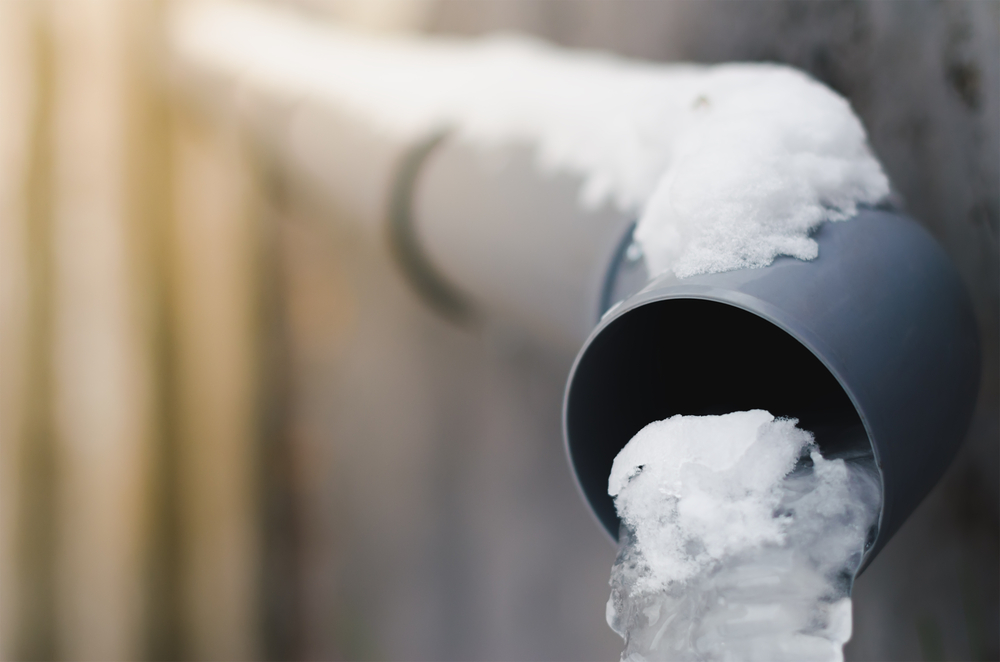Shielding Pipes from Freezing Issues: Critical Strategies
Shielding Pipes from Freezing Issues: Critical Strategies
Blog Article
The author is making a number of great observations on the subject of How to prepare your home plumbing for winter weather in general in this content down the page.

Winter can wreak havoc on your plumbing, specifically by freezing pipes. Right here's how to stop it from taking place and what to do if it does.
Intro
As temperature levels decline, the risk of icy pipelines rises, potentially leading to expensive repair work and water damages. Comprehending just how to stop frozen pipes is critical for home owners in chilly climates.
Avoidance Tips
Insulating at risk pipes
Cover pipes in insulation sleeves or make use of warm tape to shield them from freezing temperatures. Focus on pipelines in unheated or exterior areas of the home.
Heating strategies
Keep interior areas sufficiently heated up, especially areas with pipes. Open closet doors to allow cozy air to flow around pipes under sinks.
Exactly how to determine frozen pipelines
Search for reduced water flow from taps, unusual odors or sounds from pipes, and noticeable frost on revealed pipelines.
Long-Term Solutions
Architectural adjustments
Think about rerouting pipes away from exterior walls or unheated locations. Include extra insulation to attic rooms, cellars, and crawl spaces.
Updating insulation
Buy top quality insulation for pipes, attics, and walls. Correct insulation aids keep regular temperatures and minimizes the threat of frozen pipes.
Securing Outside Pipes
Garden pipes and outdoor faucets
Disconnect and drain yard pipes prior to winter months. Mount frost-proof faucets or cover outside taps with protected caps.
Understanding Icy Pipelines
What triggers pipes to freeze?
Pipes ice up when revealed to temperature levels listed below 32 ° F (0 ° C) for prolonged durations. As water inside the pipes ices up, it increases, putting pressure on the pipe wall surfaces and potentially causing them to burst.
Threats and damages
Icy pipelines can bring about water system interruptions, residential property damages, and costly repair services. Burst pipes can flood homes and trigger substantial structural damages.
Indications of Frozen Pipeline
Identifying frozen pipelines early can avoid them from rupturing.
What to Do If Your Pipes Freeze
Immediate activities to take
If you presume frozen pipelines, keep taps available to soothe pressure as the ice thaws. Use a hairdryer or towels taken in hot water to thaw pipes gradually.
Verdict
Avoiding frozen pipes requires aggressive steps and quick feedbacks. By understanding the reasons, signs, and safety nets, property owners can safeguard their plumbing throughout winter.
5 Ways to Prevent Frozen Pipes
Drain Outdoor Faucets and Disconnect Hoses
First, close the shut-off valve that controls the flow of water in the pipe to your outdoor faucet. Then, head outside to disconnect and drain your hose and open the outdoor faucet to allow the water to completely drain out of the line. Turn off the faucet when done. Finally, head back to the shut-off valve and drain the remaining water inside the pipe into a bucket or container. Additionally, if you have a home irrigation system, you should consider hiring an expert to clear the system of water each year.
Insulate Pipes
One of the best and most cost-effective methods for preventing frozen water pipes is to wrap your pipes with insulation. This is especially important for areas in your home that aren’t exposed to heat, such as an attic. We suggest using foam sleeves, which can typically be found at your local hardware store.
Keep Heat Running at 65
Your pipes are located inside your walls, and the temperature there is much colder than the rest of the house. To prevent your pipes from freezing, The Insurance Information Institute suggests that you keep your home heated to at least 65 degrees, even when traveling. You may want to invest in smart devices that can keep an eye on the temperature in your home while you’re away.
Leave Water Dripping
Moving water — even a small trickle — can prevent ice from forming inside your pipes. When freezing temps are imminent, start a drip of water from all faucets that serve exposed pipes. Leaving a few faucets running will also help relieve pressure inside the pipes and help prevent a rupture if the water inside freezes.
Open Cupboard Doors
Warm your kitchen and bathroom pipes by opening cupboards and vanities. You should also leave your interior doors ajar to help warm air circulate evenly throughout your home.

I hope you liked our post about How To Avoid Freezing Pipes. Thank you for taking time to read through our blog post. Enjoyed reading our write up? Please quickly share it. Let somebody else check it out. Thanks for going through it.
Visit Url Report this page